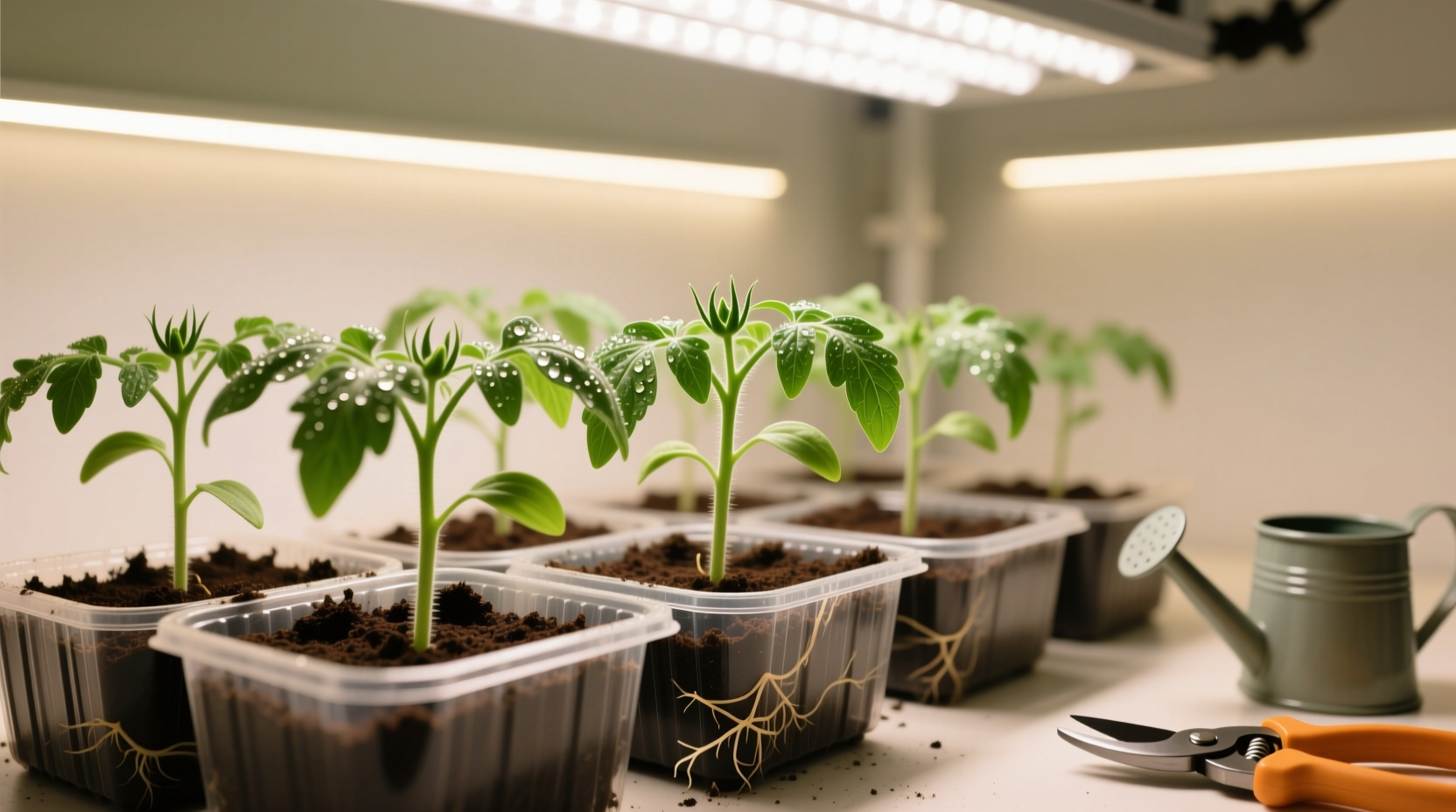Why Grow Tomatoes from Seed Instead of Buying Plants?
While purchasing seedlings seems convenient, starting tomatoes from seed offers significant advantages. Home gardeners gain access to over 10,000 tomato varieties compared to the 10-15 typically available at nurseries. According to the USDA Agricultural Research Service, heirloom varieties often show better disease resistance in specific regions than commercial hybrids. You'll save approximately $20-$40 per growing season while ensuring organic practices from germination through harvest.
Timing Your Tomato Seed Starting
Getting the timing right makes or breaks your tomato growing success. Start seeds 6-8 weeks before your area's last expected frost date. The USDA Plant Hardiness Zone Map provides essential regional guidance:
| USDA Zone | Last Frost Date | Seed Starting Time | Transplant Date |
|---|---|---|---|
| 3-4 | May 15-30 | March 15-30 | June 1-15 |
| 5-6 | April 15-30 | February 15-March 1 | May 1-15 |
| 7-8 | March 15-30 | January 15-30 | April 1-15 |
| 9-11 | February 15-28 | December 15-30 | March 1-15 |
Starting too early creates leggy plants that struggle after transplanting, while late starts reduce your harvest window. Indoor lighting becomes critical when starting seeds earlier than 6 weeks before last frost.
Essential Materials for Successful Seed Starting
Don't waste time and seeds with improper materials. Professional growers emphasize these non-negotiables:
- Sterile seed starting mix - Regular potting soil contains pathogens that cause damping-off disease. Cornell University's Department of Horticulture confirms sterile mixes improve germination rates by 30-40%.
- Drainage containers - 3-4" pots with bottom drainage holes prevent root rot. Avoid reusing containers without sterilizing them in a 10% bleach solution.
- Consistent warmth - Tomato seeds germinate best at 75-85°F. A heat mat maintains optimal soil temperature, doubling germination speed compared to room temperature.
- Bright lighting - Seedlings need 14-16 hours of bright light daily. South-facing windows often provide insufficient light, causing weak, stretched growth.

Step-by-Step Seed Starting Process
Follow this professional grower's protocol for vigorous, healthy tomato plants:
1. Seed Selection and Preparation
Choose varieties suited to your climate and space. Determinate varieties (bush types) work well in containers, while indeterminate (vining) types produce longer harvests. Soak seeds in room-temperature water for 2-4 hours before planting to speed germination.
2. Sowing Seeds Correctly
Fill containers with moist seed starting mix, leaving ½" space at the top. Place 2-3 seeds ¼" deep per container. Cover lightly with mix and mist with water. Maintain consistent moisture—never let the surface dry out completely during germination.
3. Germination Environment
Keep trays at 75-85°F until sprouts appear (5-10 days). The University of Minnesota Extension confirms optimal germination temperature significantly impacts success rates. Remove humidity dome once sprouts emerge.
4. Lighting and Temperature After Germination
Move seedlings to bright light immediately after sprouting. Maintain daytime temperatures of 70-75°F and nighttime temperatures of 60-65°F. Cooler temperatures after germination prevent legginess better than higher temperatures with insufficient light.
5. Thinning and Transplanting
When first true leaves appear, thin to one strong plant per container by cutting weaker seedlings at soil level. Transplant into 3-4" pots when roots fill the starter container, burying the stem up to the first set of leaves to encourage stronger root development.
Troubleshooting Common Seed Starting Problems
Address these frequent issues before they ruin your crop:
Leggy, Weak Seedlings
Cause: Insufficient light or excessive warmth
Solution: Provide 14-16 hours of bright light from LED grow lights positioned 2-4" above plants. Lower temperatures to 65-70°F during the day. Never let seedlings stretch toward light sources.
Damping Off Disease
Cause: Fungal pathogens in non-sterile soil
Solution: Use sterile seed starting mix, avoid overwatering, improve air circulation with a small fan, and apply chamomile tea as a natural fungicide. The University of California's Agriculture and Natural Resources program confirms these methods reduce damping off by 60-75%.
Yellowing Leaves
Cause: Nutrient deficiency or overwatering
Solution: Begin weekly applications of diluted fish emulsion or seaweed fertilizer when seedlings develop their second set of true leaves. Allow top inch of soil to dry between waterings.
Hardening Off: The Critical Transition Step
Skip this process and your plants will suffer transplant shock. Gradually acclimate seedlings to outdoor conditions over 7-10 days:
- Days 1-2: 1-2 hours of morning shade
- Days 3-4: 3-4 hours including gentle sunlight
- Days 5-7: All day in partial sun
- Days 8-10: Full sun exposure
Bring plants indoors if temperatures drop below 45°F or winds exceed 15 mph. Water seedlings thoroughly 1-2 hours before transplanting to reduce root stress.
Transplanting for Maximum Growth
Plant tomatoes deeper than their current soil level—up to the first set of true leaves. This encourages additional root growth along the buried stem. Space plants 24-36" apart (18" for determinate varieties) with 3-4 feet between rows. Add crushed eggshells or calcium-rich amendments to planting holes to prevent blossom end rot.











 浙公网安备
33010002000092号
浙公网安备
33010002000092号 浙B2-20120091-4
浙B2-20120091-4